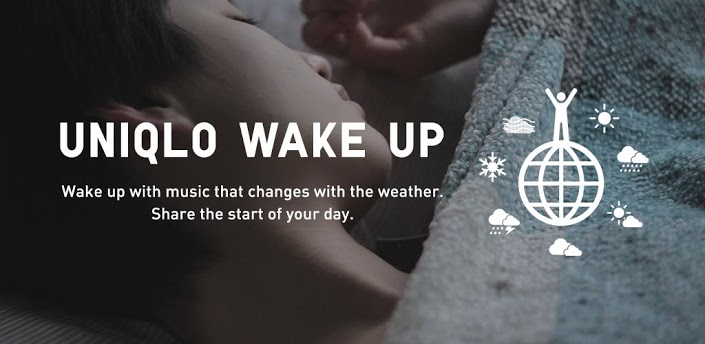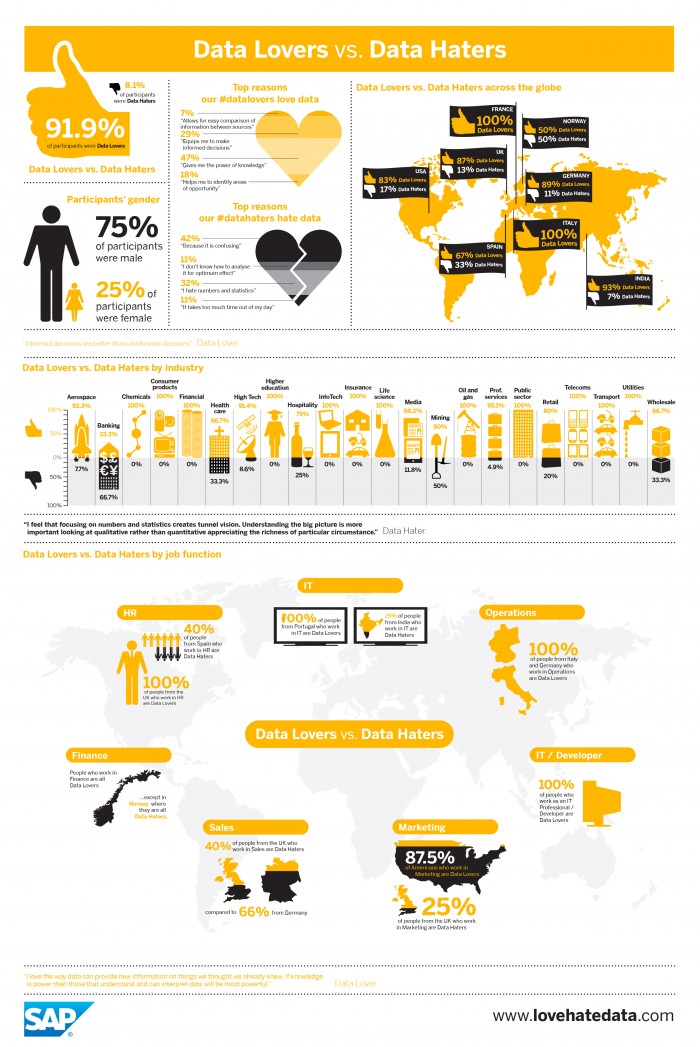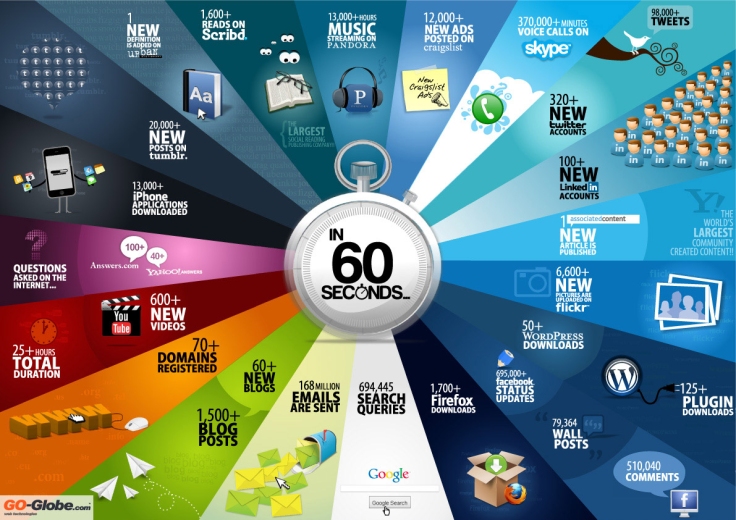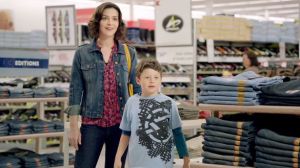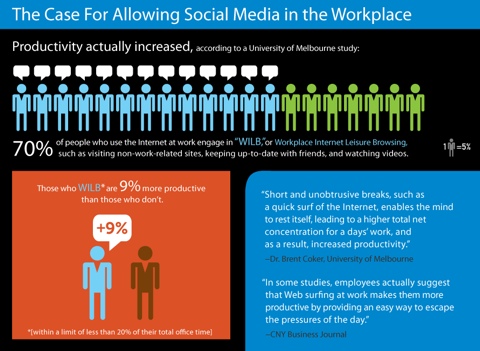Both Daily Finance and Mashable ran recent articles regarding advertising agency, BBDO’s, bone conduction technology that allows vibrations from train windows to transmit advertisements directly into your brain.
“Confused? Well, allow us to explain: Ever notice how your voice sounds a little odd when you’re listening to it on a recording? That’s because when you talk normally, you’re not just hearing the sound of your voice coming in through your ears — you can also hear sound vibrating through your skull, which distorts the sound of your voice. By contrast, when you’re listening to a recording of your voice, you get none of that skull vibration distortion, so you hear what you really sound like to the rest of the world. Well, someone at BBDO apparently decided that if you can hear noises through your skull, then you should hear ads through your skull” (Brownell, 2013).
Check out The Talking Window YouTube video:
As a marketing professional, I am excited about the potential of the technology, and its use, on numerous levels. The technology could eventually be used in personal vehicles and other modes of transportation as a means of entertainment for long road trips. This bone conduction technology could be used in conjunction with vibrating headsets and placed about retail locations to provide information on products and services. The technology could also be implemented by music bands through speaker sound waves and used at concerts to help make the music clearer. The list goes on and on.
However, with all new technological discoveries, there are still many questions to be explored such as privacy issues, public acceptance, and the long term effects of the technology on brain function. “We can see why the concept might intrigue advertisers, but consumers seem skeptical. A YouTube video showcasing the technology already has more than a quarter-million views, but the reviews were overwhelmingly negative: 70 percent of voters gave the video a thumbs-down, and commenters are calling the system an invasion of privacy” (Brownell, 2013).
How does a marketer get past public skepticism? With Google Glass, of course!
 According to Wired, Google Glass has filed documents with the FCC that they plan to use bone conduction technology, in place of traditional speakers, to transmit sounds to the wearer (Warr, 2013).
According to Wired, Google Glass has filed documents with the FCC that they plan to use bone conduction technology, in place of traditional speakers, to transmit sounds to the wearer (Warr, 2013).
Additionally, the technology is being sold by Cynaps as a Bluetooth wireless hat headset transmitter that you wear whenever you desire hands free communication. Check out the Cynaps here: http://www.indiegogo.com/projects/cynaps-get-yours-now-at-www-maxvirtual-com
References:
BBDO. (n.d.). Retrieved from http://www.bbdo.com/#!&pageid=0&subsection=2&itemid=765
Brownell, M. (2013, July 9). Daily Finance. Retrieved from Vibrating Train Windows Can Now Transmit Ads Straight Into Your Skull: http://www.dailyfinance.com/on/vibrating-train-windows-transmit-ads-into-skull/
Indiegogo. (n.d.). [Photograph]. Retrieved from Cynaps: Get yours now at http://www.maxvirtual.com!:http://www.indiegogo.com/projects/cynaps-get-yours-now-at-www-maxvirtual-com
Noris100. (2013, June 20). YouTube. Retrieved from The Talking Window: http://www.youtube.com/watch?v=azwL5eoE5aI&feature=youtu.be
Ramachandran, V. (2013, July 5). Mashable. Retrieved from Vibrating Train Windows Transmit Ads Directly Into Your Head:http://mashable.com/2013/07/04/vibrating-train-window-ads/?
Warr, P. (2013, February 03). Mashable. Retrieved from Google Glass to use bone vibration instead of traditional headphones: http://www.wired.co.uk/news/archive/2013-02/04/google-glass-bone-vibration


